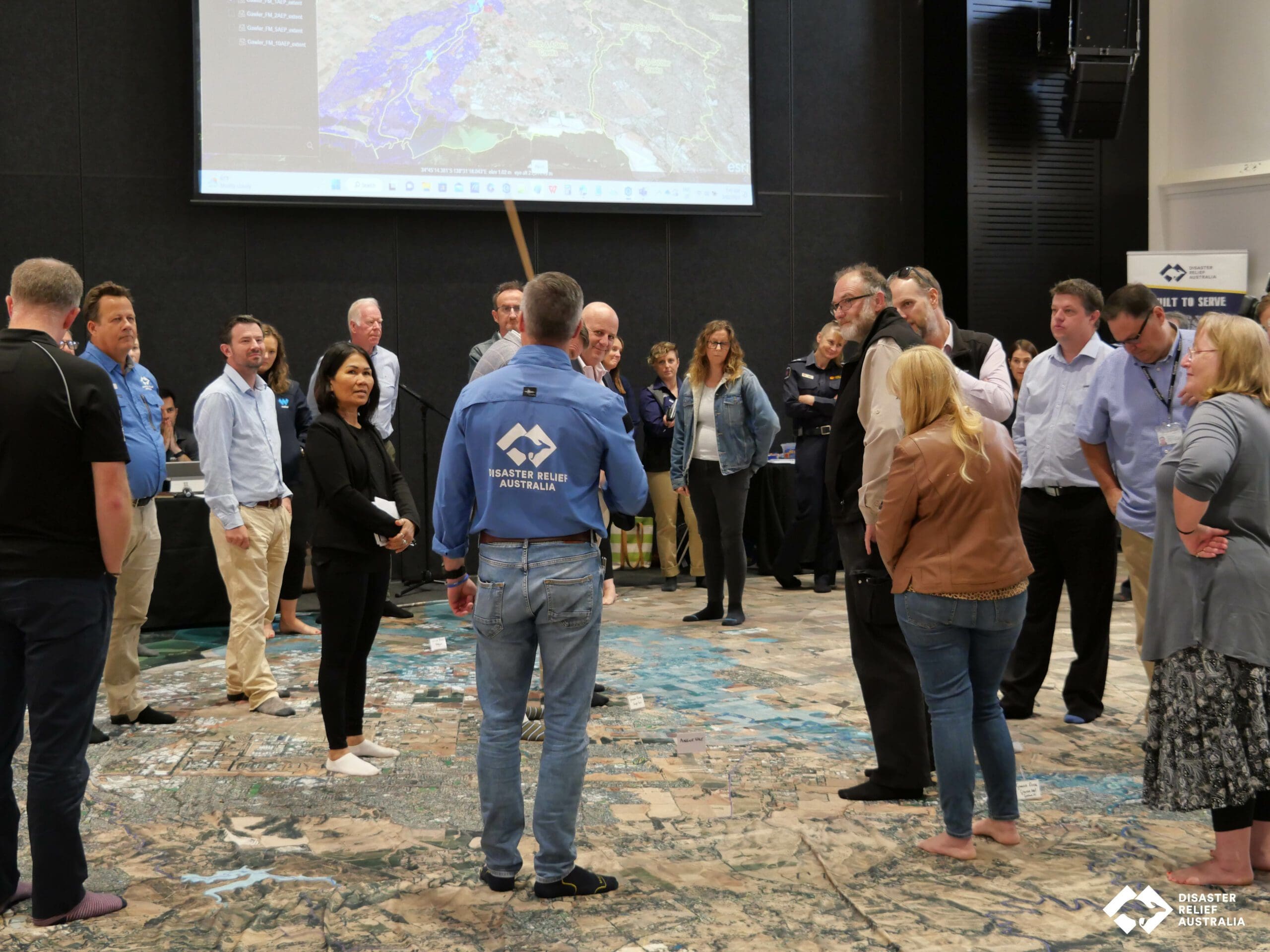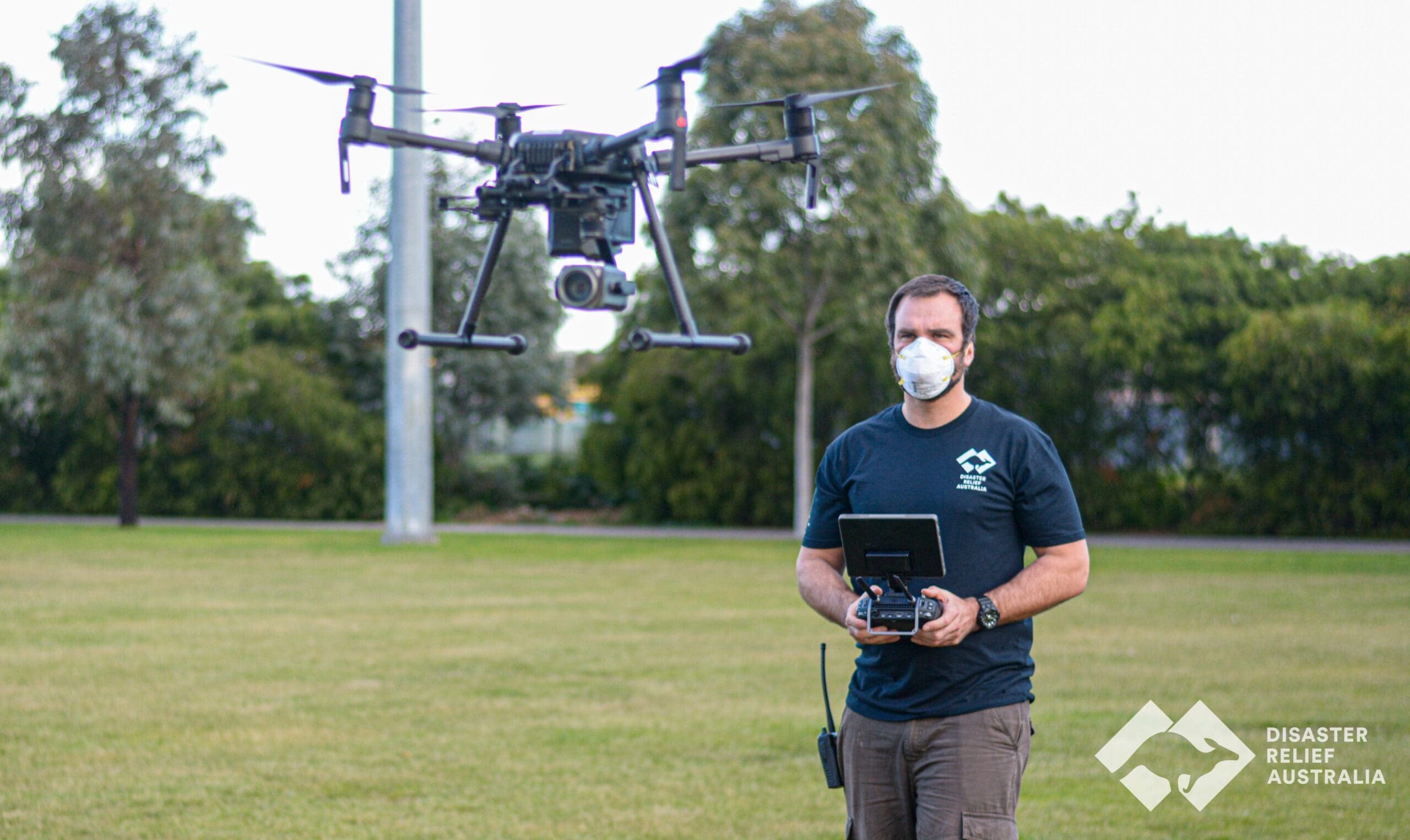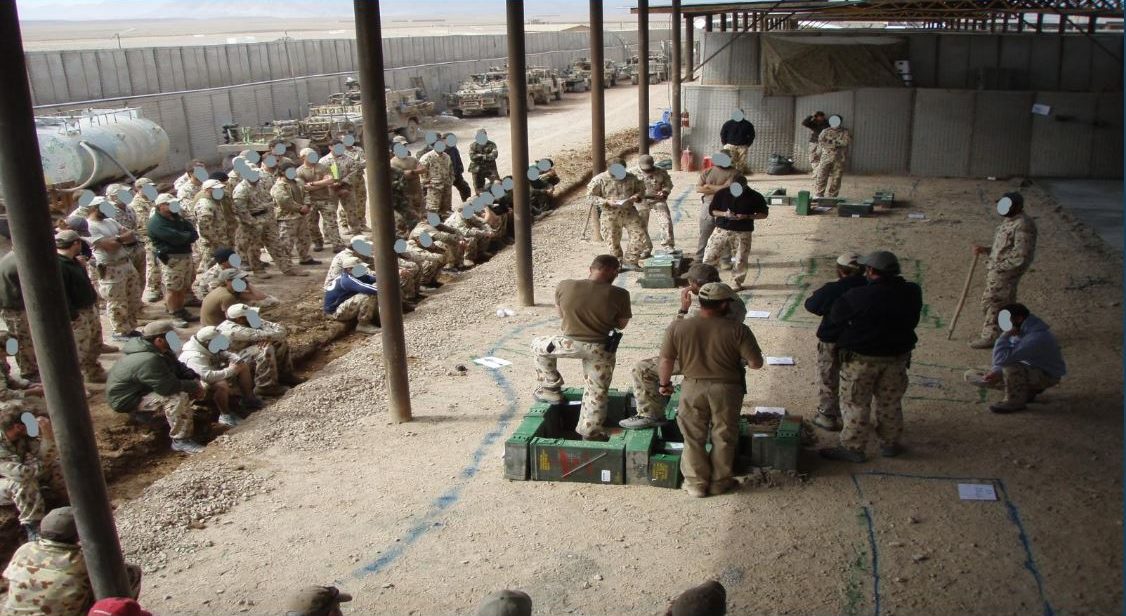Human and Social
This relates to the emotional, social, physical and psychological health and well-being of individuals, families and communities following a disaster. The Human and Social pillar within a Community Core aims to:
- gain access to timely information from the local government
- provide assistance to reconnect families, friends and community networks
- enable community members to manage their own recovery through access to information on finding local, regional and state services, as well as practical assistance like financial support for those who are most vulnerable and don’t have the means to fund their own recovery
- act as the lead for the community and vital link between Local Government to access emotional, psychological, and mental health support at individual, family and community levels (psychosocial support).
Tasks include:
- identifying and selecting a Community Core leader
- identifying a suitable location and secondary location to act as a community core/community centre immediately post a disaster
- understanding roles and responsibilities of the Red Cross, Vinnies, Disaster Relief Australia, other Community Groups, GIVIT, state and federal recovery and funding arrangements, and local government relief and recovery arrangements
- understanding and identifying the location of critical care members of the community
- leading and interpreting the needs and requirements of the community when outside assistance arrives.




